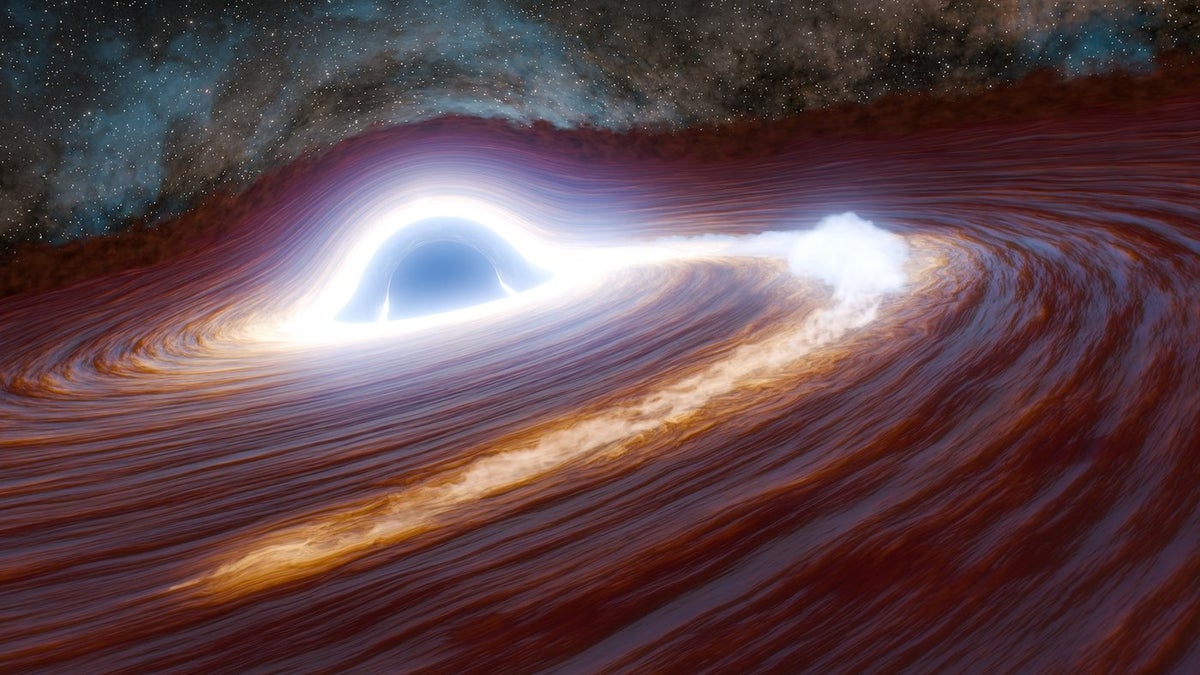
"Black holes can get energy boosts by snacking', although their dish of choice is rather different from our own. Analysis suggests that the most luminous burst of light ever detected from a black hole a fireworks show that was, at its peak, more than 10 trillion times brighter than the Sun flared up as the black hole gobbled up a star that was at least 30 times as massive as the Sun. The findings were published on 4 November in Nature Astronomy."
"When astronomers first laid eyes on the object in 2018, they didn't realize it was a superflare. After noticing the object brighten, researchers zeroed in on it with the Palomar Observatory's 200-inch Hale Telescope. But a graph of the light emitted by the object proved disappointing. It didn't seem nearly as interesting as we thought it was, says Matthew Graham, an astronomer at the California Institute of Technology in Pasadena and a co-author of the paper."
"However, in 2023, the team noticed that, even after five years, the black hole remained peculiarly bright. So they took a closer look using the W. M. Keck Observatory in Hawaii, which revealed that the object was roughly 3 million kiloparsecs, or 10 billion light years, away. To appear so bright at such a great distance, the jets of light must have been particularly luminous."
A black hole produced a luminous burst more than 10 trillion times brighter than the Sun by consuming a star of at least 30 solar masses. Initial observations in 2018 did not identify the event as a superflare. Early photometry from the Palomar Observatory's 200-inch Hale Telescope showed an unremarkable light curve, but follow-up spectroscopy with the W. M. Keck Observatory placed the source at roughly 10 billion light-years and revealed persistent brightness even after five years. The jets must have been exceptionally luminous to appear so bright at that distance. The flare reached about 30 times the luminosity of previously detected black-hole blazes, and analyses ruled out both a nearby supernova and gravitational lensing as sufficient explanations.
Read at www.nature.com
Unable to calculate read time
Collection
[
|
...
]